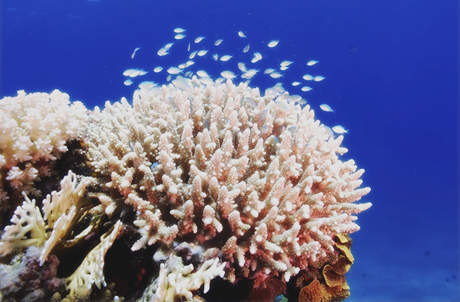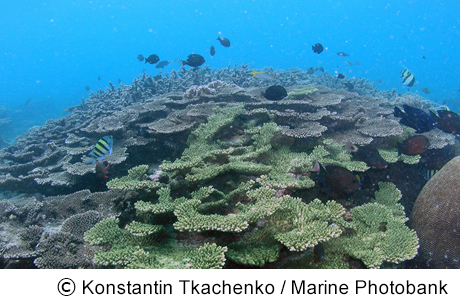Join our hands to conserve nature!
Most coral reefs grow in warm, shallow waters in tropical and subtropical regions, but corals can also be found in deep, cold waters and subpolar regions.




Pollution and temperature changes may cause coral bleaching, during which corals expel the zooxanthellae and lose this source of colours and nutrients. Climate change is raising sea temperatures, while seawater is acidified by excess carbon dioxide and may dissolve the corals’ skeletons. Corals are also being destroyed by fishing tools such as explosives and cyanide. As coral reefs are the food and shelter of nearly 25% of all marine life, the loss of corals would mean the decline of many other lives.